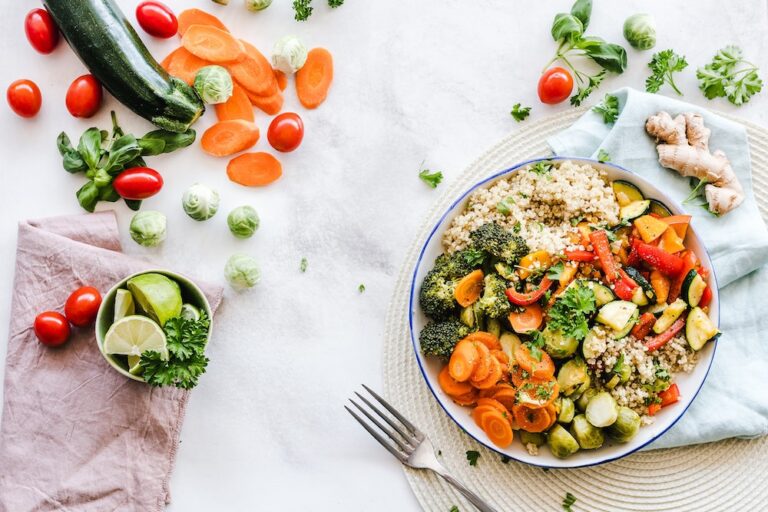The Art of Slow Living: Embracing Mindfulness and Minimalism This Summer
As we bask in the long summer days, there’s a growing awareness of the need for slower, more intentional living. Building on our previous discussions about mindfulness, let’s explore how to harness the power of mindfulness and minimalism to experience a truly transformative summer. This season, we encourage you to embrace the ‘Art of Slow Living.’ Just as the sun takes its time to set, painting the sky, we too can bask in the moment, savoring the world around us. But how do we do this? Let’s delve into the practices of mindfulness and minimalism.
Mindfulness
We’ve previously touched on the importance of mindful movement practices like Tai Chi, Yoga, and Qigong in fostering vibrant living. This summer, we encourage you to take this concept of mindfulness a step further. Beyond just movement, try to infuse mindfulness throughout your day. Feel the warm breeze on your skin, taste the sweet fruits of the season and listen to the sounds of the outdoors. Each moment presents an opportunity to be fully present, and there is no better time than a summer day to cultivate this habit.
Practices like Yoga and Qigong allow for a deeper connection with oneself and the world around us. These spiritual practices can be incredibly potent when taken outdoors during summer. Perhaps a gentle yoga sequence by the beach or a quiet Qigong session in a blooming park? Take this summer as an opportunity to deepen these practices, fostering a larger appreciation for the beauty that surrounds you.
Minimalism
Alongside mindfulness, we invite you to explore minimalism this summer. Contrary to popular belief, minimalism is not about denying ourselves pleasures or living a bare-bones lifestyle. It’s about making conscious choices about what we allow into our lives, focusing more on experiences and relationships than on possessions.
How can you embrace minimalism this summer? Try decluttering your home, simplifying your diet to include more fresh, local produce, or choosing experiences over material possessions. After all, a hike with loved ones or a day spent exploring a new town leaves a longer-lasting impression than the newest gadget.
By merging mindfulness and minimalism, you create space for meaningful connections – with others, with the natural world, and, most importantly, with yourself. Slow down and savor the summer in all its glory, embracing the art of living more with less. Embrace this season of warmth and growth, knowing that the journey to vibrant living is one step at a time, one mindful moment at a time. Summer is your canvas – paint it with mindfulness and minimalism, and see the masterpiece that unfolds.


